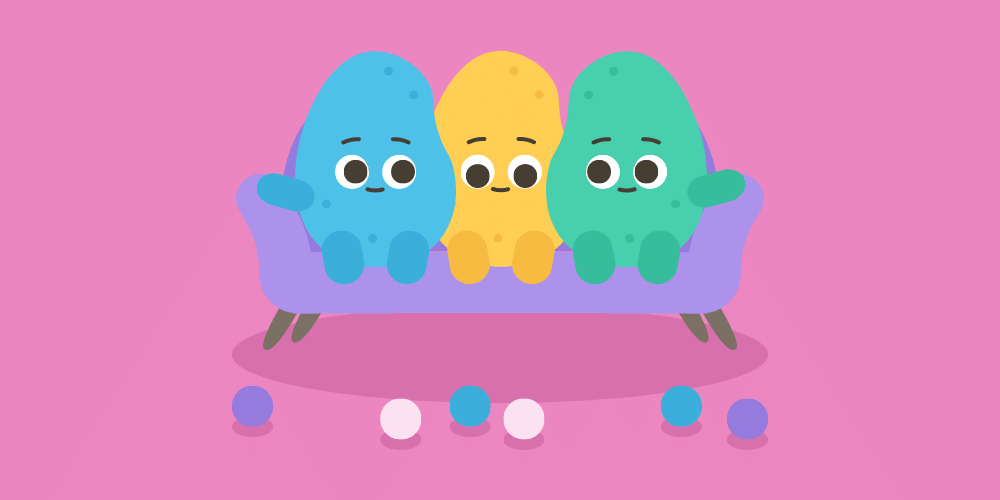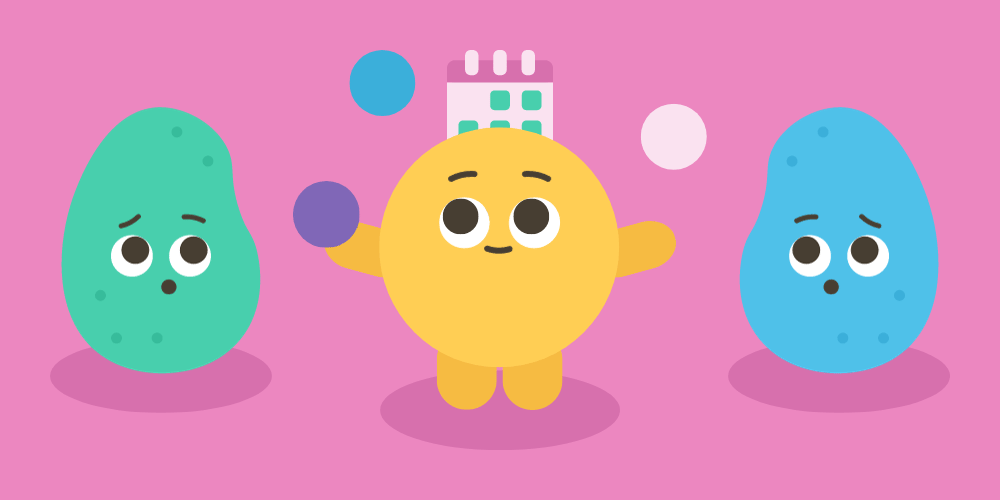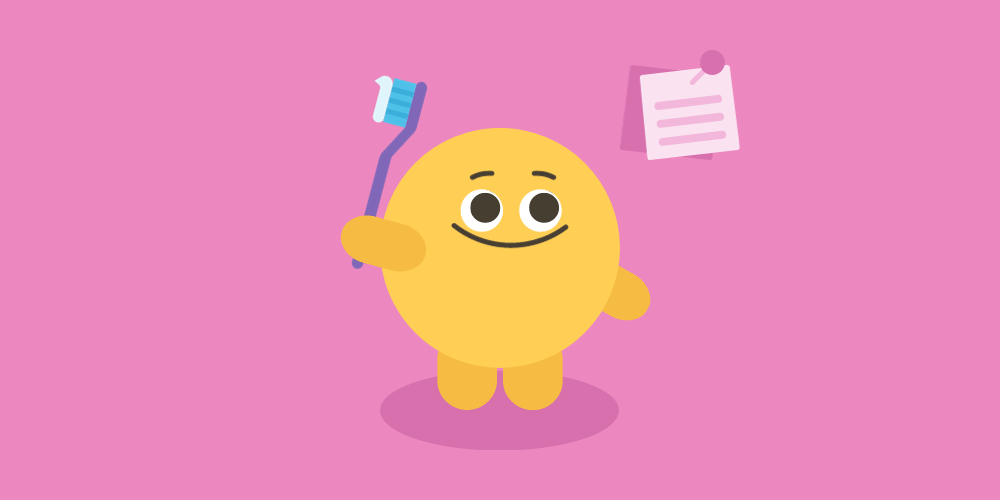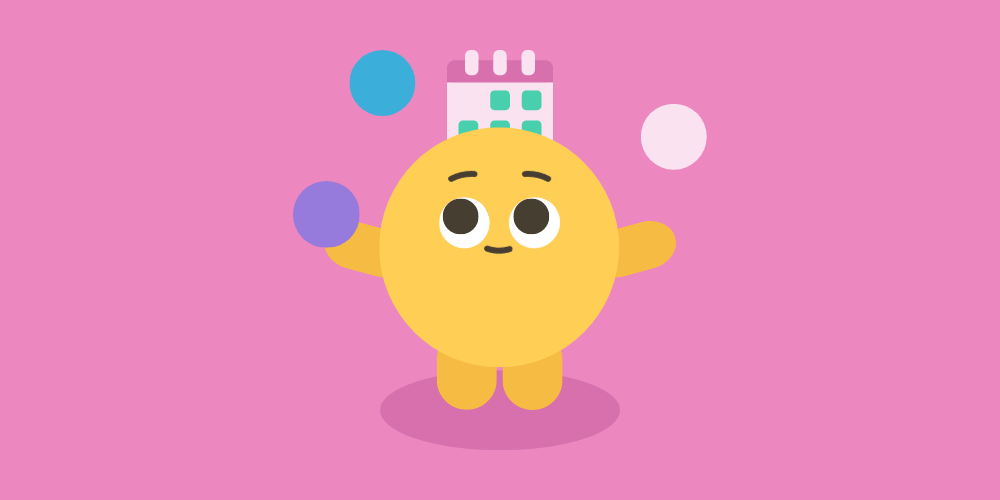
Believing in change and creating supportive routines are essential for forming lasting habits. Still, our agenda may not have the final say. We tend to underestimate the power of the environment and overestimate the power of our agenda. Without recognizing these forces, our plans will have little impact on our actions.
The environment is the invisible hand that shapes human behavior.
— Edward O. Wilson

It is remarkable how much our environment can influence us, but we are not doomed to merely be its products. We can shape our actions, even in an unsupportive environment. We can remain true to ourselves by simply understanding the factors that could affect our behavior.
Be the change you wish to see in the world.
— Mahatma Gandhi
We cannot eliminate all triggers that influence our actions, but we can shed light on them and change our response. Gentle adjustments to our environment can help us stick to our routines. We will call these adjustments reminders.
A reminder is a cue in the environment that triggers your new routine.
Just as we use neuroplasticity to support creating lasting change, we can also utilize the environment to our advantage by introducing reminders.
Action steps
Here is how we create a new reminder:
- Become aware. Identify the hidden triggers in your surroundings that prevent you from following your new routine. When does it take place? Where does it happen? Who is around you? For example, do you struggle to take breaks if your coworkers do not?
- Realize your power. Acknowledge that the environment has the last word only if you allow it. Recognize that you can take ownership of your actions and follow your routines. For example, it is in your power to take regular breaks, regardless of your coworkers.
- Create a reminder. Make gentle adjustments to your environment to trigger a more positive response. For example, use a Pomodoro Timer to remind yourself to take regular breaks at work. In the next section, we will explore different types of reminders together.

Small changes will lead to significant results.
Types of reminders
There are different kinds of reminders we can implement:
To-be reminders
To-be reminders are like a to-do list for our souls. They help us become the person we want to be by focusing on our ideal attitudes and behaviors. We can think of them as a "to-be list." Follow these steps to create your daily reminders:
- Write 3–7 ideal self-statements on a note in a positive tone and the present tense, as if you were already the person you want to be. Instead of writing, "I would like to be patient," or "I do not want to be impatient," write, "I am patient."
- Place the note where you will see it daily, such as on the bathroom mirror, so you are reminded of your ideal self-statements every time you brush your teeth.
- Read the statements carefully every day. Visualize being the kind of person you would like to be. Make it part of your daily routine, and you will become that person.
Here are a few examples:
- I am human and can make mistakes.
- I am present and enjoy the moment.
- I am patient and give things time.
- I am kind and help others in need.
- I am playful and have fun like a kid.
- I am confident and believe in myself.
- I am calm and do not take life too seriously.
Over time, you will become familiar with your to-be reminders; eventually, you will not need to keep them in writing. If you prefer to see them, consider making a poster. Keeping them updated whenever your values or priorities shift is more important than keeping them in a specific format.
Daily reminders
Creating daily reminders is essential to ensure we follow new routines until they become automatic. Through this course, we will create a daily reminder for each lesson. Here is how we will do it:
- Determine the best time or place to trigger your new routines. When and where we choose to practice depends on our preference and type of routine. Once we have decided, we will note the right moment and location to trigger the new routine. For example, we can eat fruit every morning when we enter the kitchen.
- Adjust the immediate environment to remind you of your routine. A good reminder will make it difficult to skip a repetition. For example, keeping a fruit basket on the kitchen table will make us more likely to eat a piece and the fruit less likely to go to waste.

Situational reminders
Situational reminders help us create a new response when a particular event occurs. They should not distract us when we do not need them. For example, if we resolve to become more deliberate in using our money, we might place a note inside our wallet that says, "I spend with intention."
Mini reminders
Mini reminders are simple but incredibly effective. All we need is a tiny positive action and an everyday situation that triggers it. Something as small as taking three deep breaths while we wait for the water to boil can make a significant difference in our lives.
We can surround ourselves with any reminder, such as uplifting words or artwork, that can evoke specific actions or feelings within us. The only limit is our imagination.
Now or never
Create "to-be" reminders today. For the next two weeks, review them daily and notice your feelings and thoughts shift.


